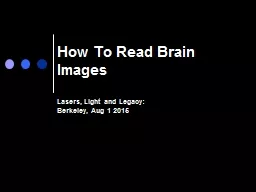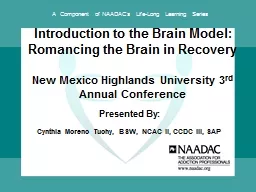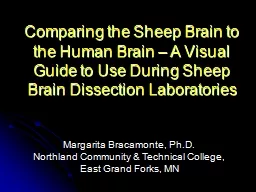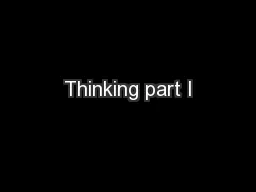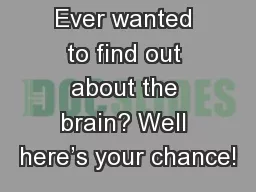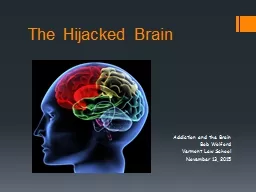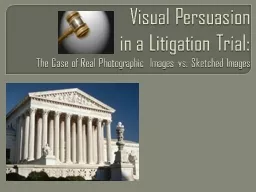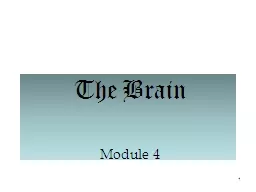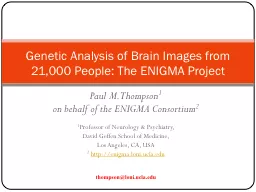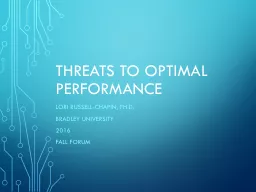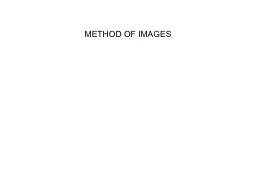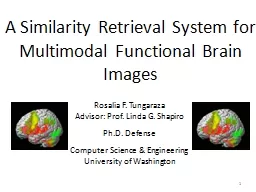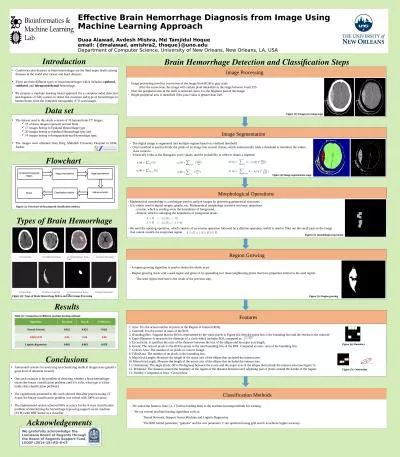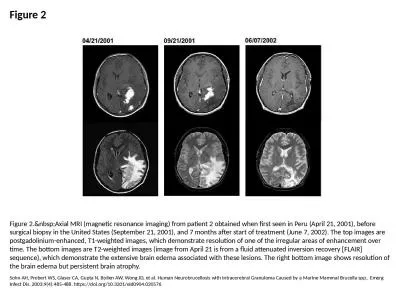PPT-How To Read Brain Images
Author : karlyn-bohler | Published Date : 2016-05-29
Lasers Light and Legacy Berkeley Aug 1 2015 Into Neuroscience With Townes blessing Auditory system UCSF 19861989 Visual system HMS 19891992 Rockefeller 19922002
Presentation Embed Code
Download Presentation
Download Presentation The PPT/PDF document "How To Read Brain Images" is the property of its rightful owner. Permission is granted to download and print the materials on this website for personal, non-commercial use only, and to display it on your personal computer provided you do not modify the materials and that you retain all copyright notices contained in the materials. By downloading content from our website, you accept the terms of this agreement.
How To Read Brain Images: Transcript
Download Rules Of Document
"How To Read Brain Images"The content belongs to its owner. You may download and print it for personal use, without modification, and keep all copyright notices. By downloading, you agree to these terms.
Related Documents

